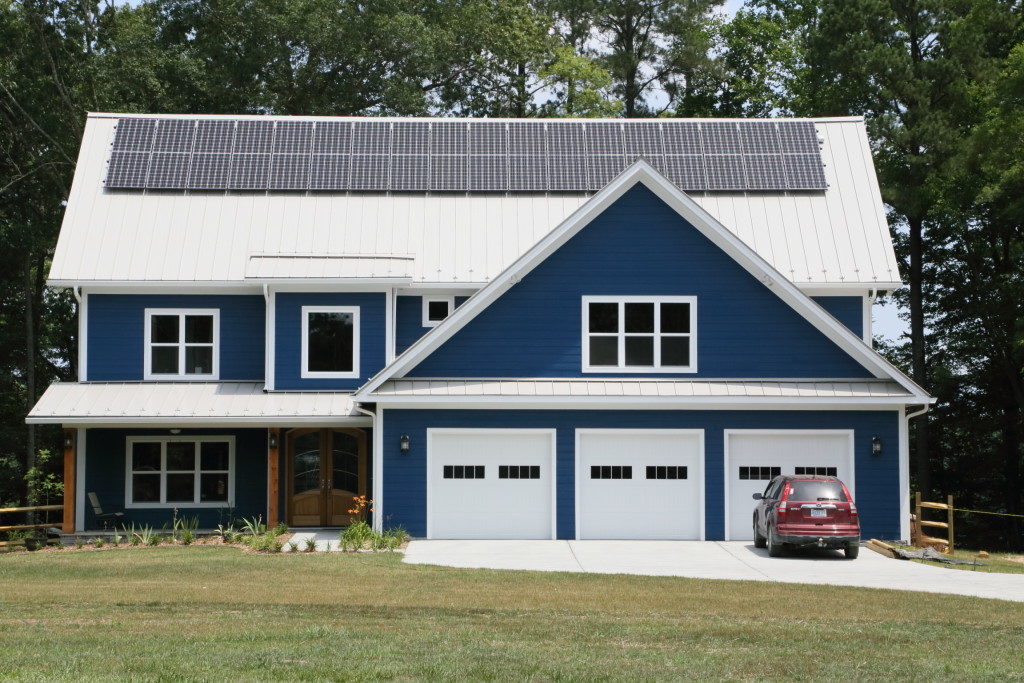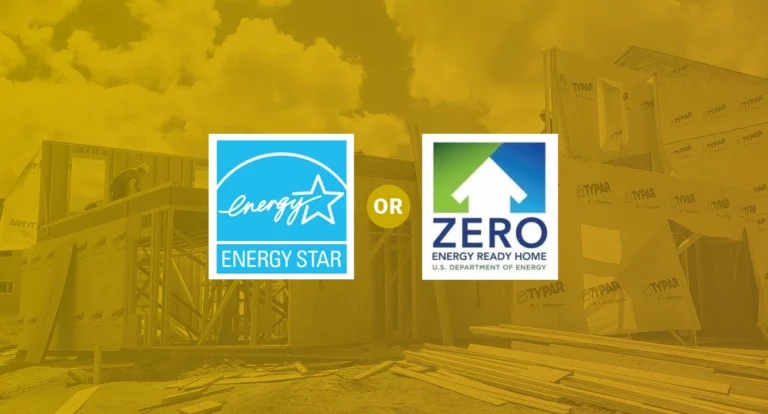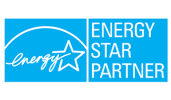What are green homes?
Green Buildings as defined by the U.S. Environmental Protection Agency (EPA) is the practice of creating structures and using processes that are environmentally responsible and resource-efficient. This practice spans throughout a building’s life-cycle from siting to design, construction, operation, maintenance, renovation, and deconstruction. It expands and complements the classic building design concerns of economy, utility, durability, and comfort. Green Building is also known as sustainable or high-performance building.
There are six common elements typically found in most third-party certifying organizations. According to the EPA, the elements of Green Building are:
- Site
- Water
- Energy
- Indoor Air Quality
- Materials
- Operations and Maintenance
The materials used in these six areas can have a positive impact on 1) the health of the family 2) the health of the environment and 3) the durability of the home.
Certifications for Green Homes
There are a number of certification programs that a home can be certified under in order to be considered “green”. Energy Star, ecoSelect, LEED, and NGBS Green are a few. In addition, a RESNET’s HERS Index is also great to have with a certification simply because it compares how energy efficient a home is to another. And as the EPA suggests, many of these programs take the factors above into account when being assessed by a third party.
What home buyers want
If you’ve been on the fence about whether or not building to a green standard is worth it, think again. Research shows that prospective home buyers do want Green Homes. The National Association of Home Builders’ (NAHB) Economics and Housing Policy Group, released a report titled, What Home Buyers Really Want. Based off of the results of 3,682 survey responses, the report outlines the most important details that home buyers want when purchasing a home.
The report states that 77% percent of people surveyed agree or strongly agree that “knowing the projected utility costs of a home would influence purchase decision.” Knowing this, you could have bills available on current homes with green certifications and provide them to owners to compare and contrast the cost of utility bills. This lends credibility to the savings that accompany Green Homes.
Below are a few findings from the NAHB report on home buyers:
- 77% agree or strongly agree that “knowing the projected utility costs of a home is important”
- 73% also agree that “the projected utility costs of a home would influence purchase decision”
- 71% agree that they “would prefer to buy a home from a builder that provides energy ratings”
- Home buyers report being willing to pay an additional average of $7,095 on the up-front price of a home if that saved them $1,000 annually in utility costs.
- 94% want Energy Star rated windows
-
- 36% think they are essential
-
- 91% want an Energy Star rating for the whole home
-
- 28% think this is essential
-
Marketing Resources for Green Homes
Based off of the information above, it is easy to conclude that Green Homes, or least green features are pretty important to prospective home buyers. Research suggests that in some cases, Green Homes can be sold at a premium and faster than its standard counterpart. But the real question is, how do you use this information to sell your Green Home?
There is tons of literature available that provides guidance on marketing Green Homes. The certification body is a great place to look first. Often times, there is an extensive marketing library that features sales collateral to help you talk about the features of the home. Majority of these resources are consumer facing. But some organizations, like Energy Star also have educational resources available to teach sales agents how to sell the features of Green Homes.
Below are a few resources that are available to help market your green program:
- Energy Star
- NGBS Green
- USGBC LEED for Homes
- RESNET HERS Index
Additional Marketing Tactics for Green Homes
Another practice is simply to be transparent about energy bills. For example, ask prospective home buyers to bring in a current copy of their electricity bill. Use their current bill and compare it to an average Green Home electricity bill.
The comparison of the utility bills allows you to seamlessly discuss the cost saving features of the home. In addition, you can use the electricity bill from your homes to provide the home buyers with projected utility costs.
Green Home sales compared to standard homes
Marketing materials on Green Homes play a crucial role within the sales process. After all, Green Homes provide remarkable benefits that the standard home does not. Use these materials to your advantage to showcase what the benefits of Green Homes are. Research conducted by the Earth Advantage Institute suggests that Green Homes outperform their counterparts on the market.
According to Certified Home Performance: Assessing the Market Impacts of Third Party Certification on Residential Properties, the study concludes that green certified homes sold at a price premium. In some cases, Green Homes sold faster than their non-certified counterparts. The study examined homes in the Seattle metro area and in the Portland metro area.
It was found that Green Homes in the Seattle metro area sold at a price premium of 9.6% compared to standard built homes on the market. In addition, in the Portland metro area, it was found that homes sold at a price premium that ranged between 3-5%. Compared to non-certified homes, Green Homes in the Portland metro area were on the market on average 18 days less.
The Need for more Research on Green Homes
It is important to note that there are some limitations within this study and Green Homes in general. Since the concept of Green Homes is a relatively young practice, there is still more research that needs to be conducted. In addition, this study was performed in the Pacific Northwest region of the United States and fails to provide a larger sample. However, the study of Green Homes is an emerging topic that we can expect to see more research on in the future.
Even though the study was conducted on a small sample, the outcome seems promising. It is hoped that further studies in the future will be conducted and represent a larger sample size to help builders and realtors fully gauge the concept of sales on Green Homes.
Finding a third-party rater
So now that you have this information, what do you do with it? The first step is to find a third-party rater that can work with you. Finding a third-party rater to help you build a Green Home is key. Your rater should be knowledgeable of a variety of programs so they can recommend one that will fit your project’s needs. Having a third-party rater like Southern Energy Management will put your home under rigorous performance testing. This ensures that your Green Homes meet the required standards to be a healthier, more efficient home.
Moving forward
Trends today are showing that Green Homes are in demand, selling in fewer days, and for higher prices. That is because they are built better, cater to home buyer wants, and have established marketing materials. Finding a credible third-party rater to work with you will be crucial to your sales.
To learn continue to learn more about Green Homes, I encourage you to check out our blog each week for valuable resources.















